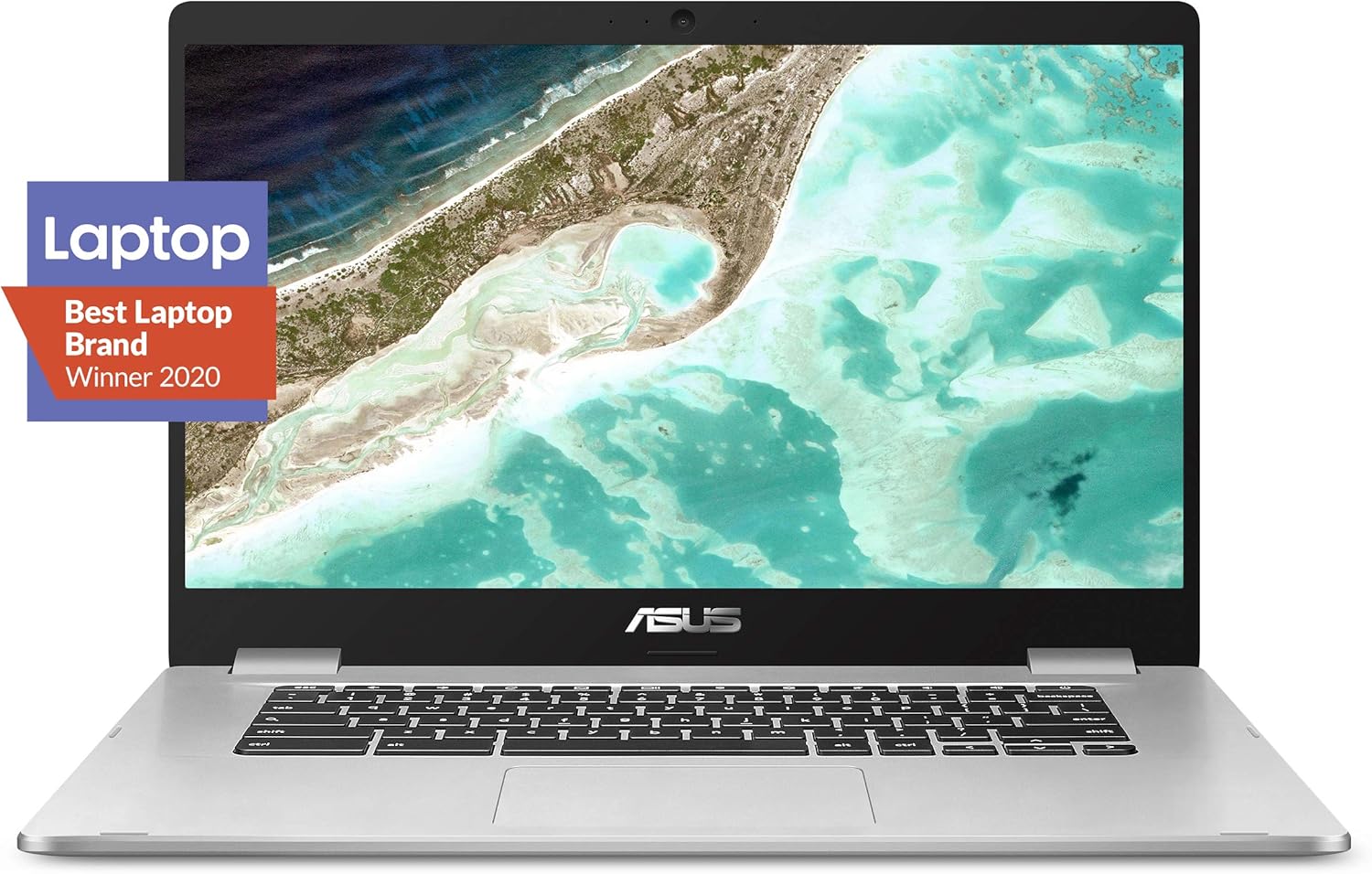Reviews in that Category
- 15 Inch Laptops
- 500 Laptops
- Accessory Genie Laptop For Games
- Acer 14 Inch Laptops
- Acer Bluetooth Gaming Mouses
- Acer Chromebook Touchscreen
- Acer Color Laser Printers
- Acer Laptop Backpacks
- Acer Laptop For Students
- Acer Tablet Laptops
- Acer Windows 10 Laptops
- Acer Windows Computers
- Amd Chromebook
- Android Tablet Pricing
- Aspire Windows 10 Laptops
- Asus 1Tb Ssds
- Asus Computer Watches
- Asus Gaming Computers
- Asus Notebook Computers
- Asus Office Desks
- Asus Surround Sound Speakers
- Asus Touch Screen Chromebooks
- Bxt Tablet Computers
- Chromebooks
- Computer Laptop For
- Dell I3 Laptops
- Hd Notebooks
- Hp Backlit Keyboards
- Hp Computer Watches
- Hp Convertible Ultrabooks
- Hp Cordless Phones
- Laptop For Senior Citizens
- Laptop For The Money
- Laptops For Senior Citizens
- Leapfrog Tablet For Children
- Lenovo 11 Inch Laptops
- Lenovo 17 Laptop Computers
- Lenovo Laptops
- Nem 10In Tablets
- Nvidia Kodi Tv Boxes
- Ouku Quad Core Tablets
- Pc Bundles
- Quad Core Laptops
- Ram For Ryzen 5
- Rca 10 Inch Tablets
- Rca Laptops
- Samsung Tablet Laptops
- Toshiba Laptops
- Toshiba Movies To Downloads
- Toshiba Notebooks
- Watches Under 100S
- Xm Recievers
Computers tablets, often simply referred to as tablets, are portable computing devices that have gained immense popularity due to their versatility and ease of use. Here's what you need to know about tablets:
Form Factor: Tablets typically feature a flat, touchscreen display and are more compact and lightweight compared to traditional laptops or desktop computers. They are designed for easy portability.
Operating Systems: Tablets run various operating systems, with the most common being Android (Google), iOS (Apple), and Windows (Microsoft). Each OS offers a unique user interface and access to a range of apps.
Touchscreen Interface: Tablets are primarily controlled via touch gestures on their screens. This intuitive interface makes them user-friendly and suitable for a wide range of applications.
Apps: Tablets support a vast library of applications (apps) available through app stores. These apps include productivity tools, entertainment apps, games, social media platforms, and more.
Productivity: Tablets can be used for tasks such as word processing, spreadsheet editing, email, and web browsing. Many come with detachable or attachable keyboards for enhanced productivity.
Entertainment: Tablets are excellent for consuming media. They can be used to watch videos, listen to music, read e-books, and play games. The larger screen size compared to smartphones enhances the viewing experience.
Connectivity: Most tablets come with built-in Wi-Fi, allowing internet access and email. Some models offer cellular connectivity for internet access on the go.
Battery Life: Tablets are known for their long battery life, making them ideal for travel and extended use without needing frequent charging.
Accessories: Various accessories are available for tablets, including styluses for drawing and note-taking, protective cases, external keyboards, and docking stations for enhanced connectivity.
Multitasking: Modern tablets support multitasking, allowing users to run multiple apps simultaneously, switch between them, and even use split-screen views for increased productivity.
Gaming: Tablets offer a wide range of gaming experiences, from casual mobile games to more graphically intensive titles. Many tablets also support game controllers for a console-like gaming experience.
Storage: Tablets come with varying amounts of internal storage, typically ranging from 16GB to 256GB or more. Some models allow for expandable storage via microSD cards.
Cameras: Tablets are equipped with front and rear-facing cameras, which can be used for video calls, photography, and scanning documents.
Education: Tablets are widely used in educational settings. They provide interactive learning experiences through educational apps and e-books, making them valuable tools for students of all ages.
Accessibility: Tablets offer accessibility features such as screen readers, voice commands, and adjustable font sizes to accommodate users with disabilities.
In summary, tablets are versatile and portable computing devices suitable for a wide range of tasks, from entertainment and productivity to education and gaming. They have become an integral part of modern technology, offering a user-friendly experience for a variety of users.


